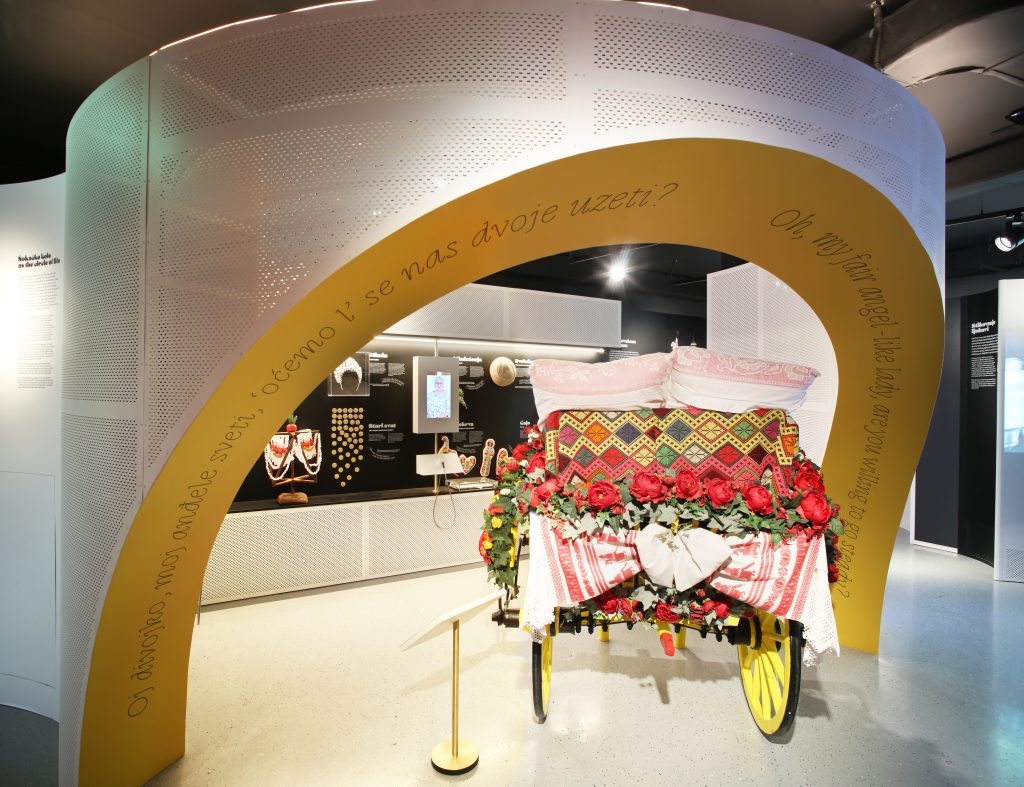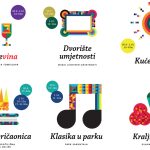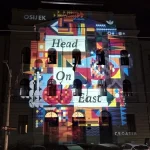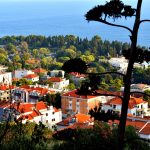Can Slavonia compete with Dalmatia and Istria, the generators of tourism in Croatia? The answer is simple – no. And it doesn’t need to. Croatia, as a very colourful country, geographically, climatically, and in terms of food and gastronomy offer, cannot have competition between its regions but rather have them complement each other for the complete tourist offer of the country.
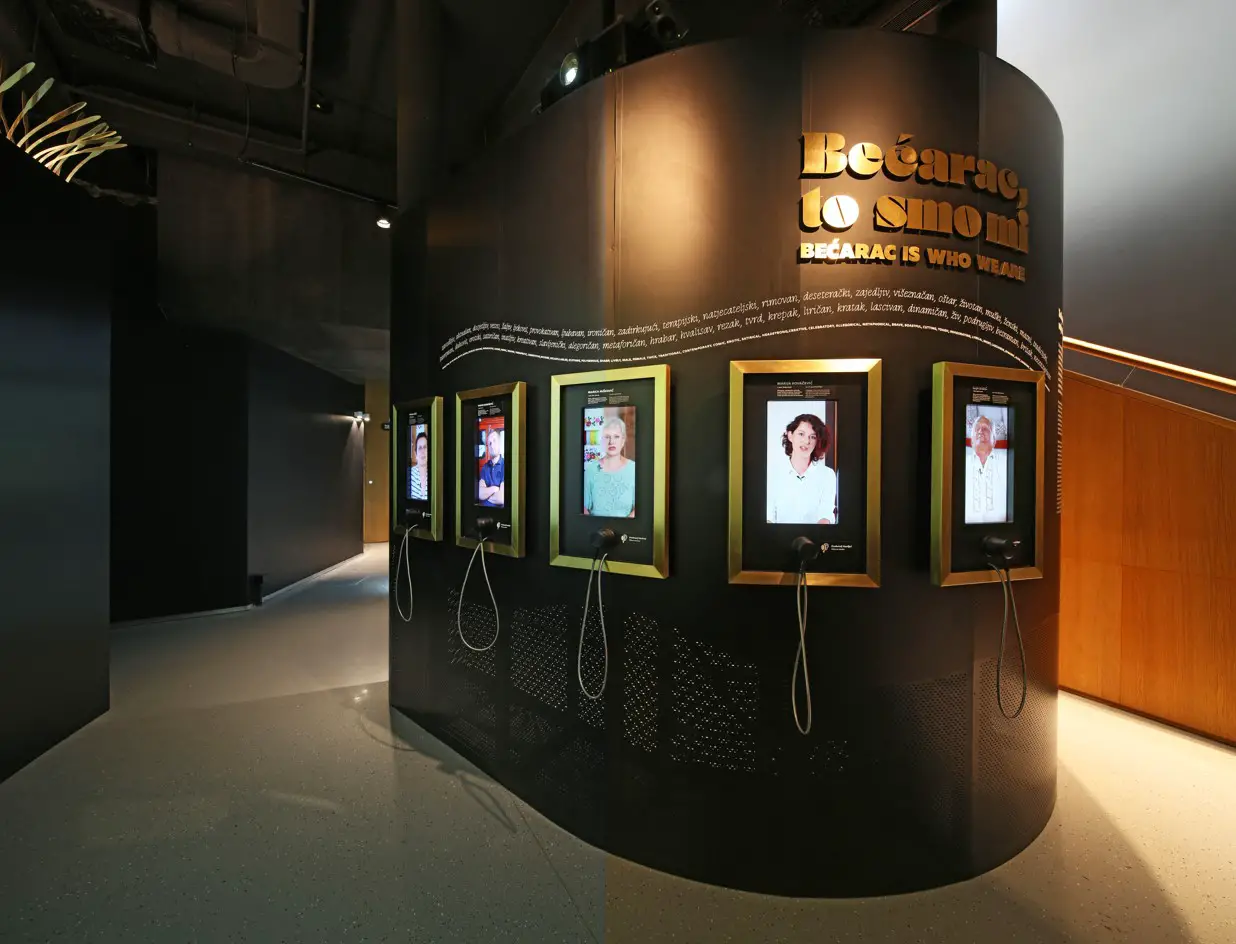
At the first mention of Slavonia and tourism, many people wave their hands because they see Slavonia as a region of agriculture, but those who know a little better, even those who have scratched the surface of what Slavonia has to offer, see how things are changing. And not spontaneously and in an unplanned manner, but strategically. Traditional manifestations are being strengthened, the regio’s presence at tourism fairs is increasing, and awareness is being raised about its wine and gastro offer. However, one of the key things is the infrastructure, various centres offering all kinds of content, which are being built and renovated in Slavonia.
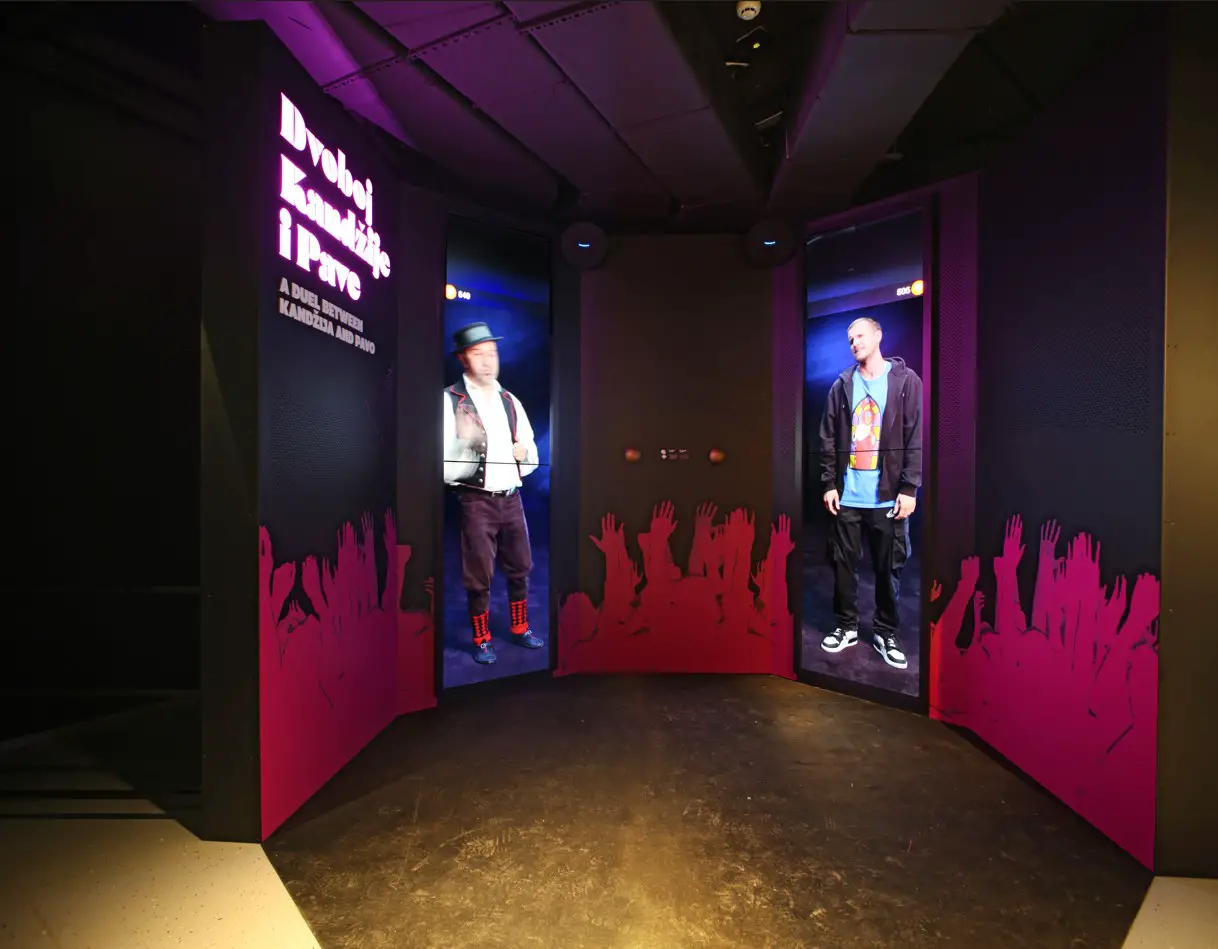
One of such centres, perhaps the pearl of Slavonia, is the recently opened Museum of Becarac in Pleternica. It is one of the few infrastructure projects specifically built to become a museum. The design was the vision of a famous Croatian architect Andrija Rusan, who also designed the arrangement of the central part of the city for Pleternica.
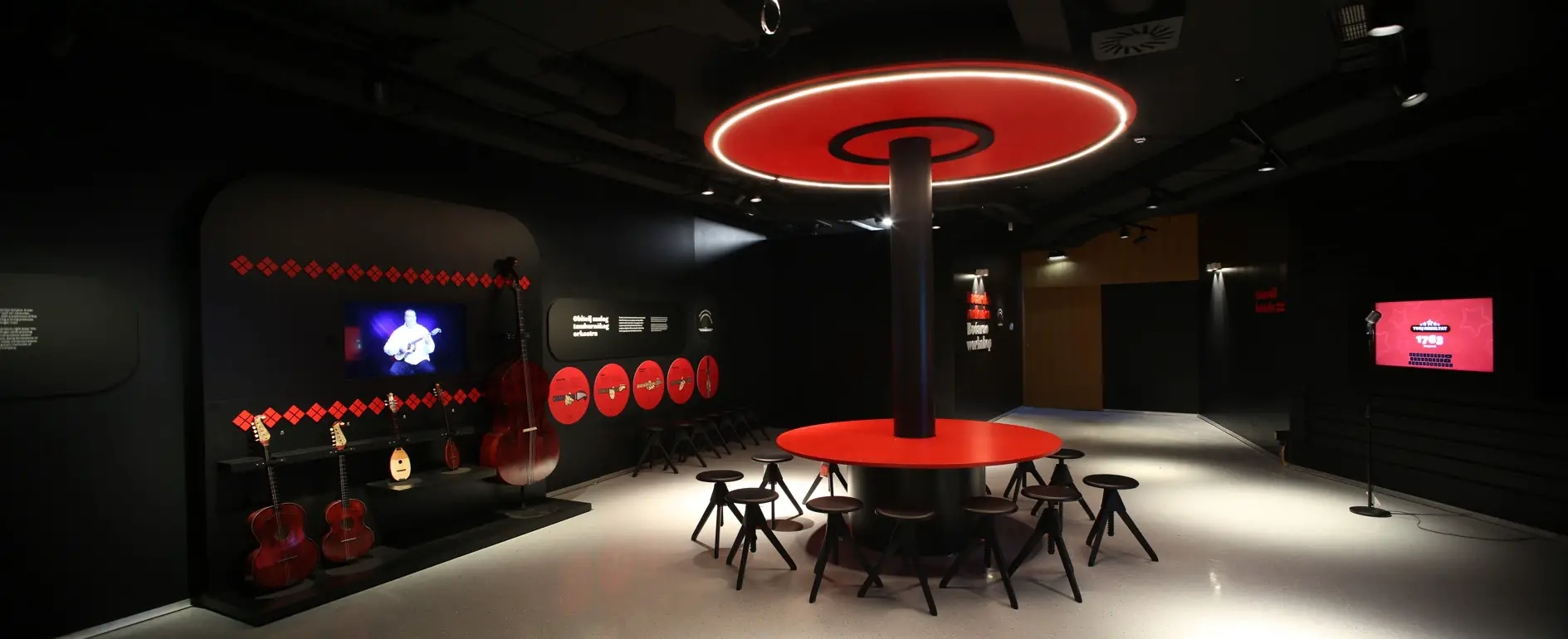
The strategic work we mentioned is best manifested in the interpretation of the centre, created by the Zagreb company Muze, in whose realisation over a thousand proud representatives of the Slavonian tradition from Slavonia, Baranja and Srijem participated. Also, in the attitude of the city leadership and the museum, the focus is on a broad view of tourism in the region. So if you ask the mayor of Pleternica, Marija Saric, how she sees the museum, she will say that it is the starting point of a tourist visit, part of the mosaic of the rich offer of the whole of Slavonia, Baranja, and Srijem.
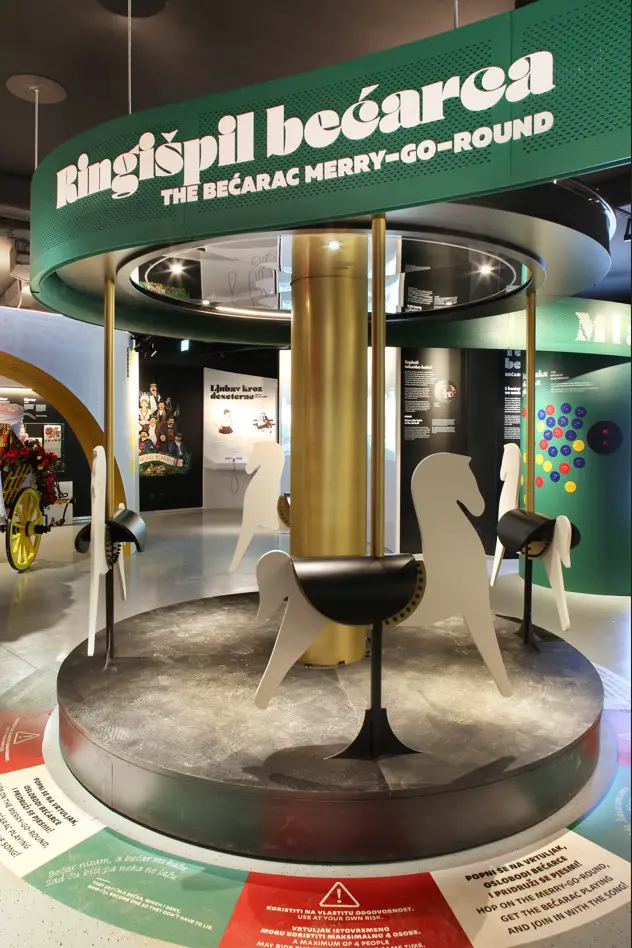
Part of Croatian cultural heritage, becarac is known as a form of humorous folk song that originates from Slavonia. It usually involves male singers dropping lascivious lines in front of a tipsy audience that roars from laughter at every rhyme – it’s clever, sassy, and always a bit inappropriate. In 2011, bećarac was officially inscribed in UNESCO’s Intangible Cultural Heritage list.
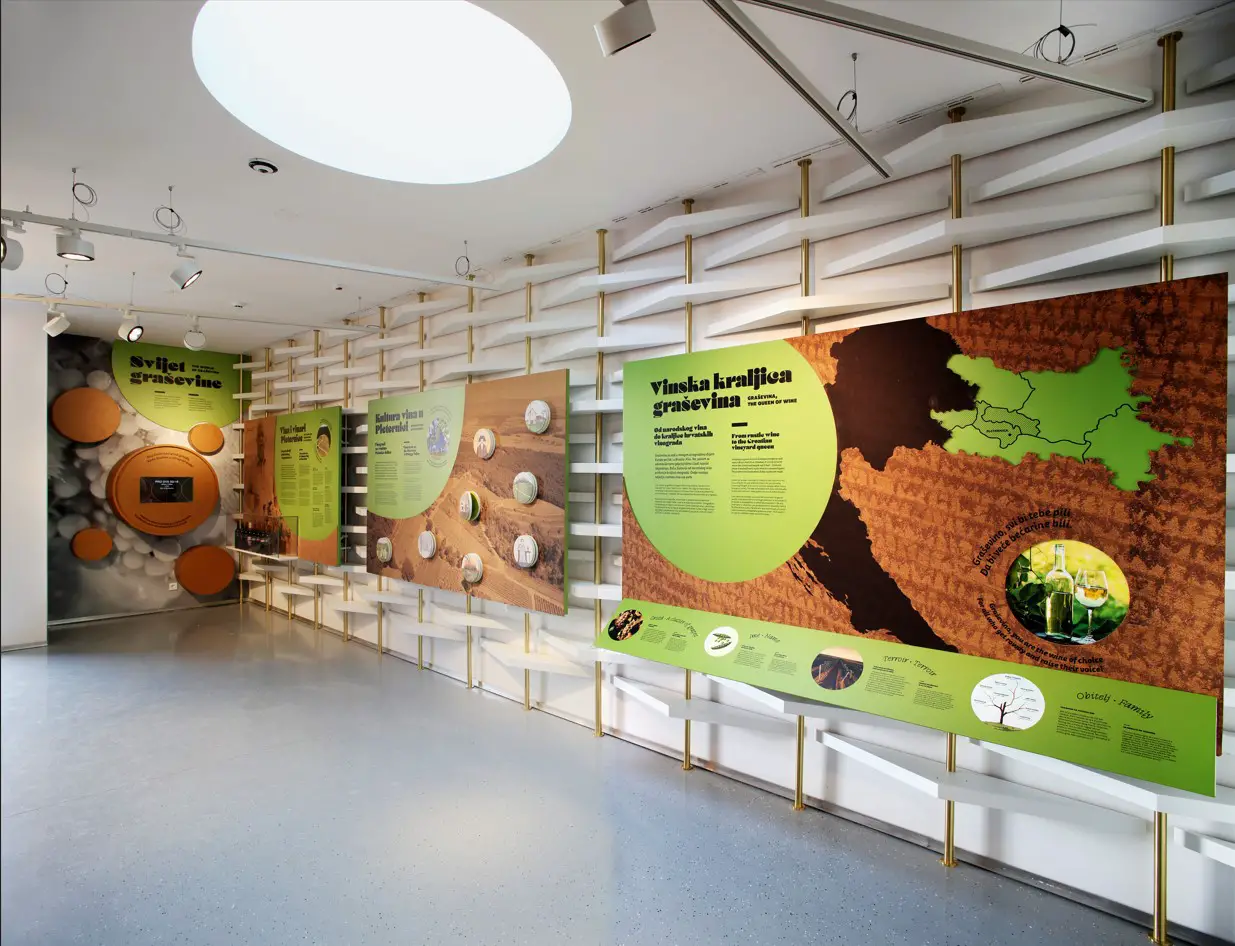
But what does that starting point offer? Everything you need to know about Slavonia on your first visit told, or rather sung in the form of becarac. The first exhibition is the only one you can see when you peek through the museum doors. It is called Mala kuća graševine (The little house of Graševina wine). It presents the rich wine history of Pleternica, the town itself, basic information, and a few interesting songs that will surely delight you. Of course, the theme of this exhibition is wine. Going down the stairs, a completely new world opens up, the world of becarac, and upon arrival, it is impossible to hide the smile on your face and the radiance caused by the song, the joy, the beauty of the folk costumes.
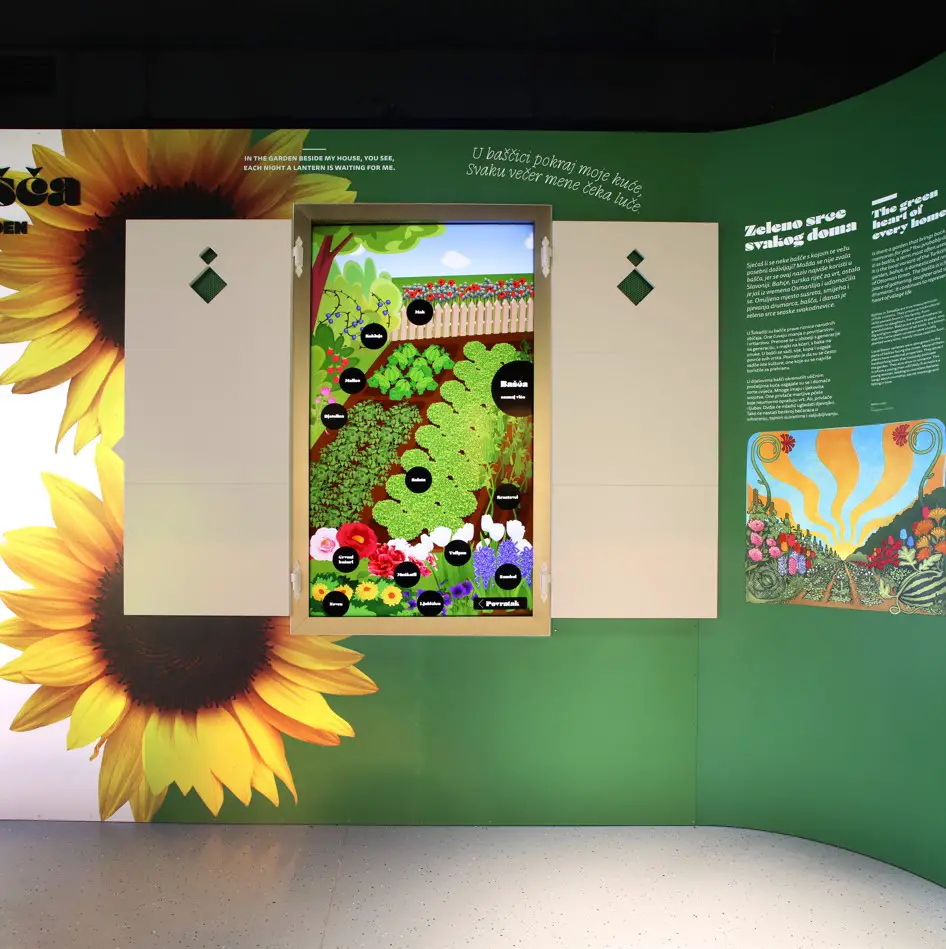
The lower and main part of the Museum consists of several exhibitions, of course, “Introduction to the world of becarac,” followed by “Becarac through life,” “Becarac calendar,” and finally, “The becarac rhapsody.” It would take a while to describe each of these, but what is interesting and hidden in the Museum is that it is not just about the song, but rather the whole life of a region is presented through becarac, down to the last detail.
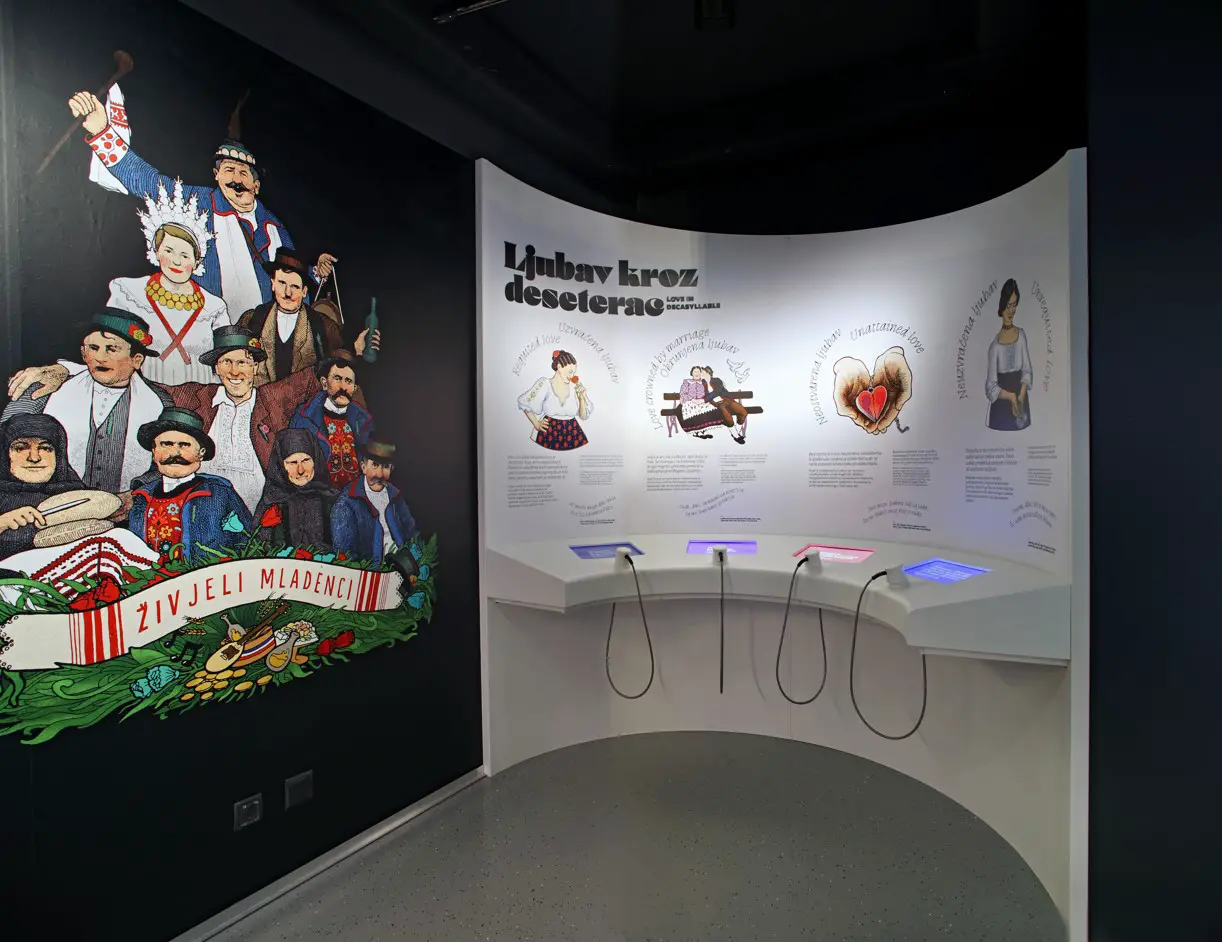
Multimedia exhibits guide you through the Museum, which you don’t even realise since they are skillfully interpolated with the traditional museum setting, i.e., exhibits and artistic representations of specific segments. The Museum of Becarac in Pleternica is without a doubt a must-visit point not only for continental but also for national tourism. If we add to that the Terra Panonica Interpretation Centre, which also tells the ancient story of the Pannonian Sea, and is located right next to the Museum, maybe a train ride through the Pleternica vineyards, we can just conclude that you should leave time for Pleternica – everything else is waiting for you there.
For more, make sure to check out our dedicated Travel section.

